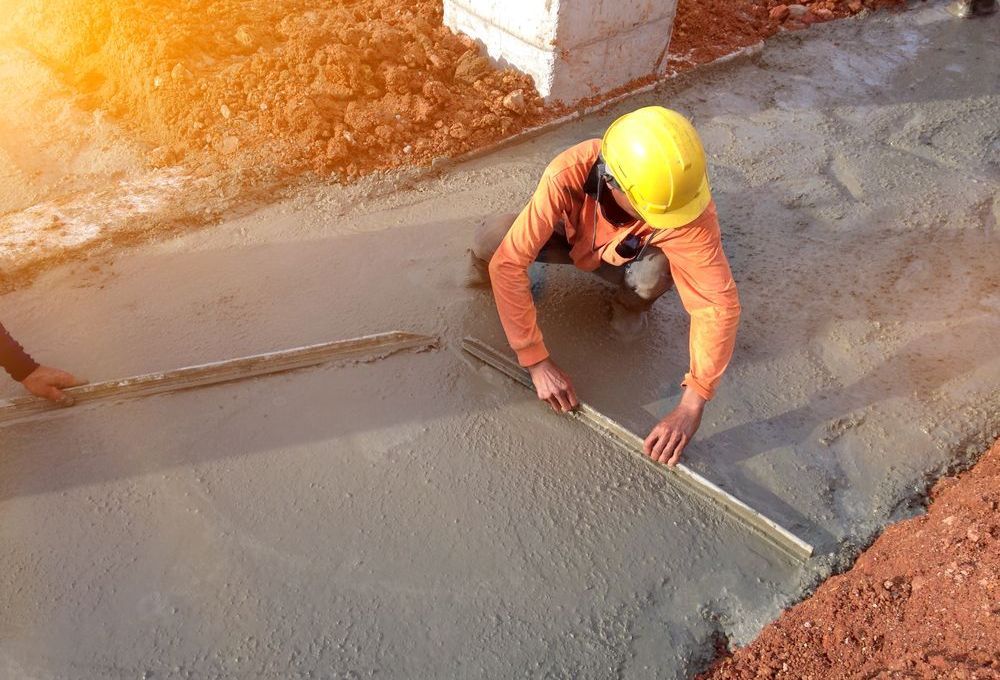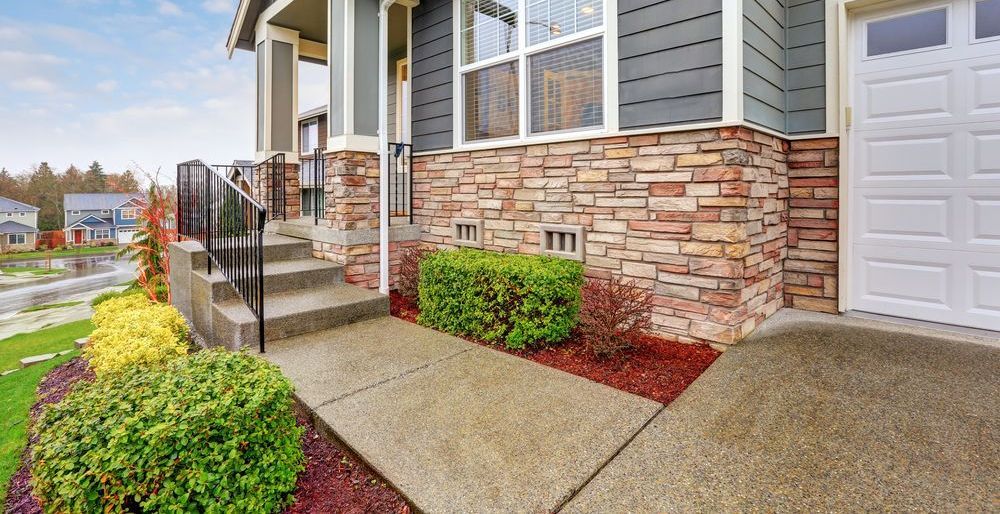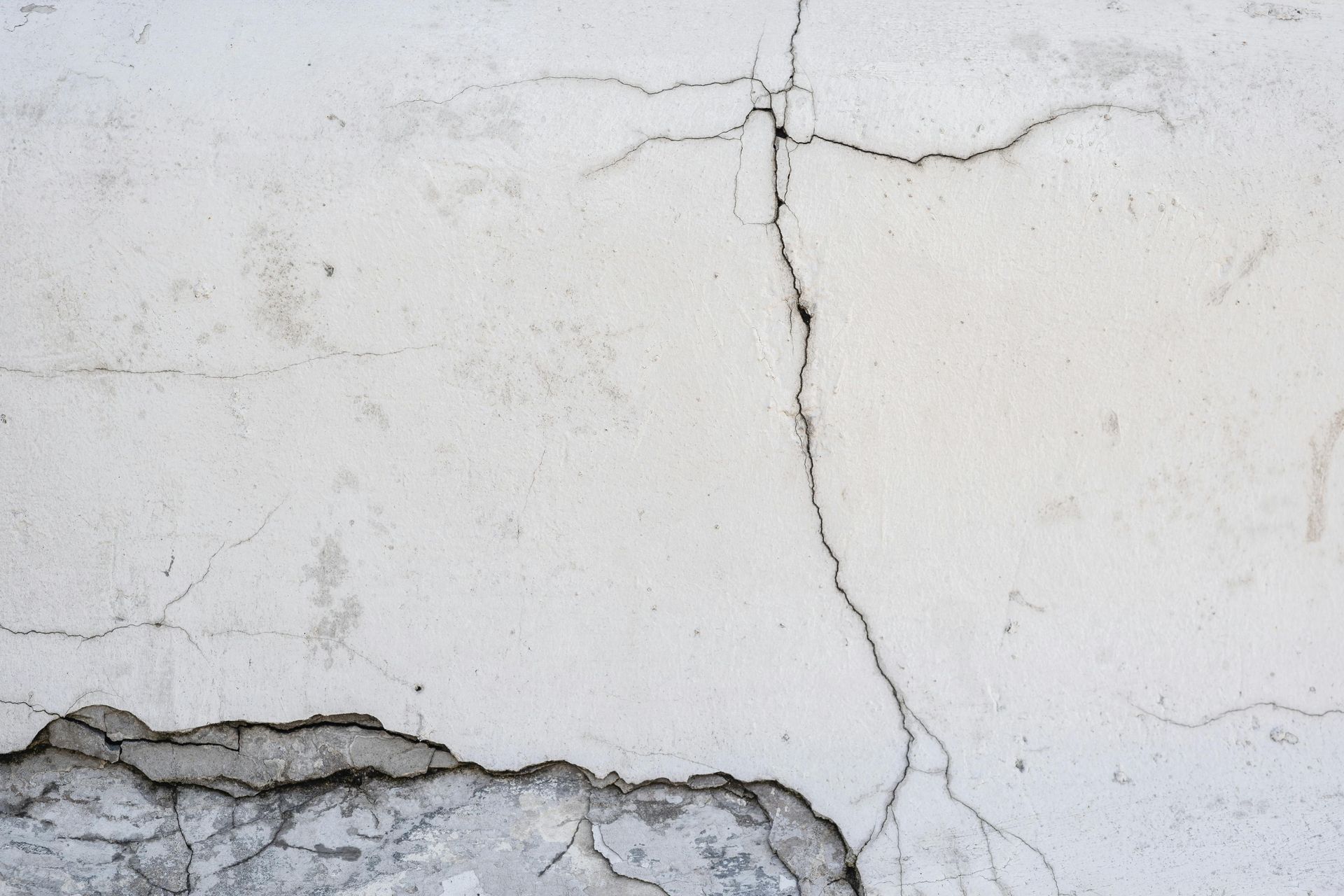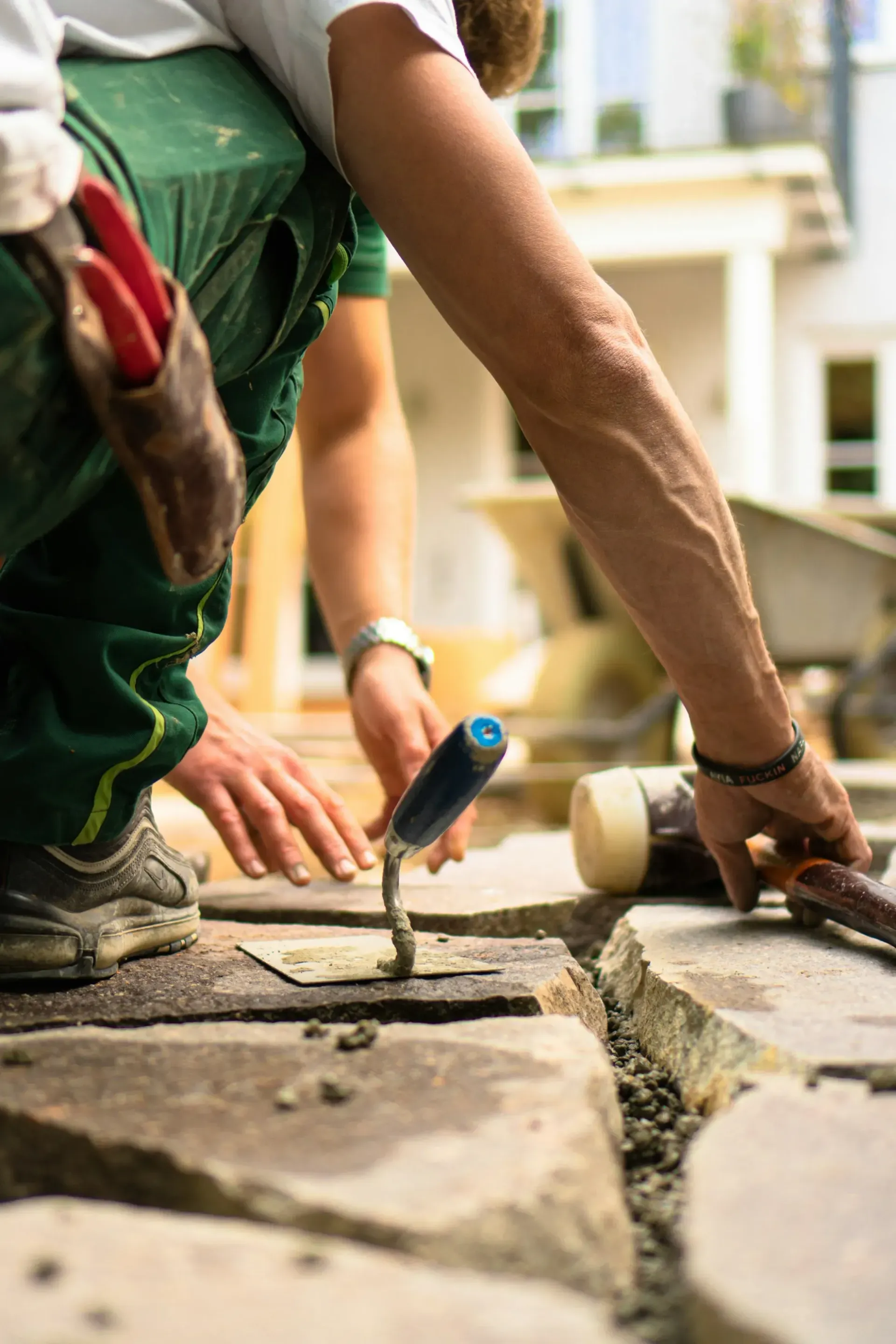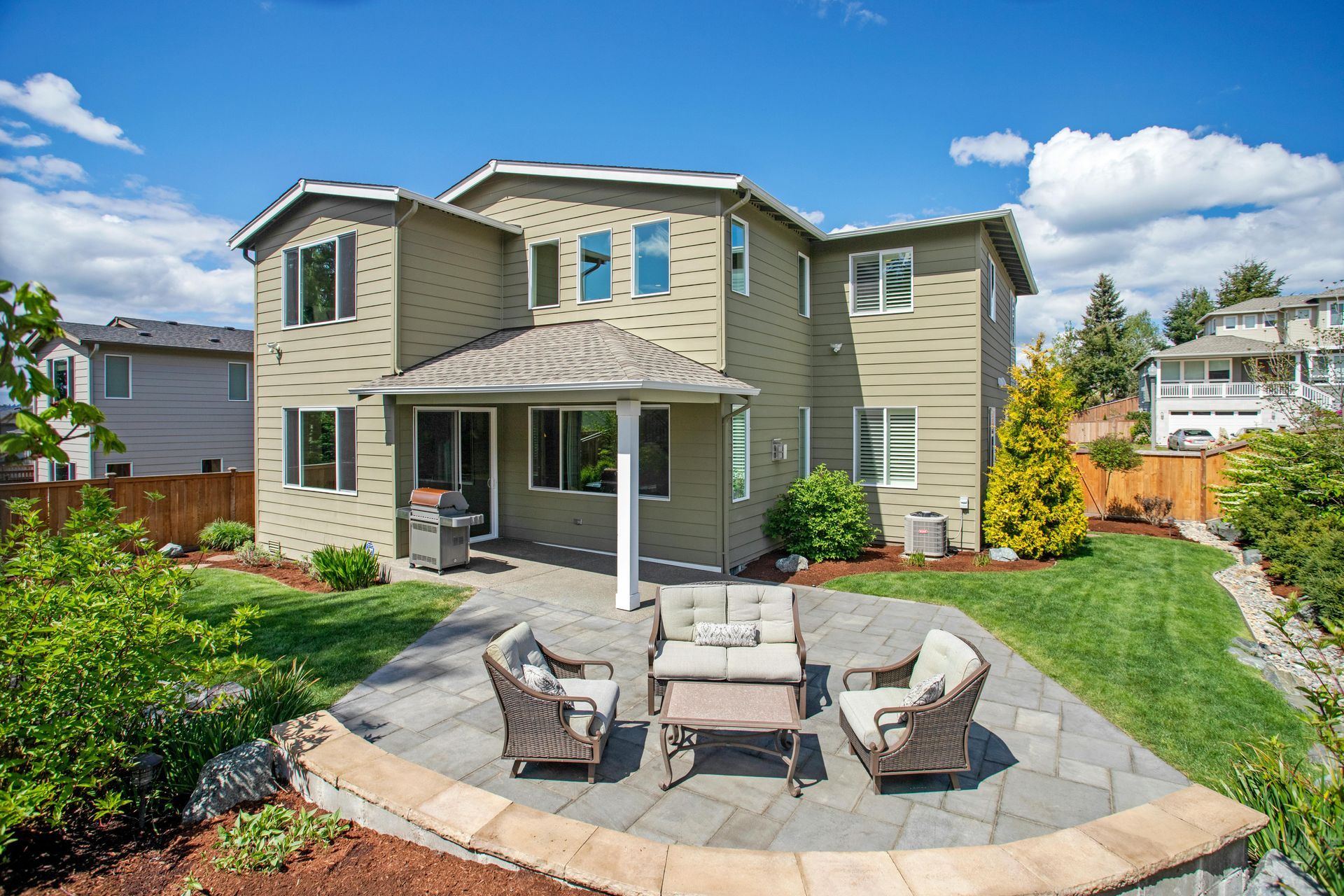DIY Concrete Walkway Mistakes: How to Avoid Them!
Common DIY Concrete Walkway Mistakes (and How to Avoid Them!)
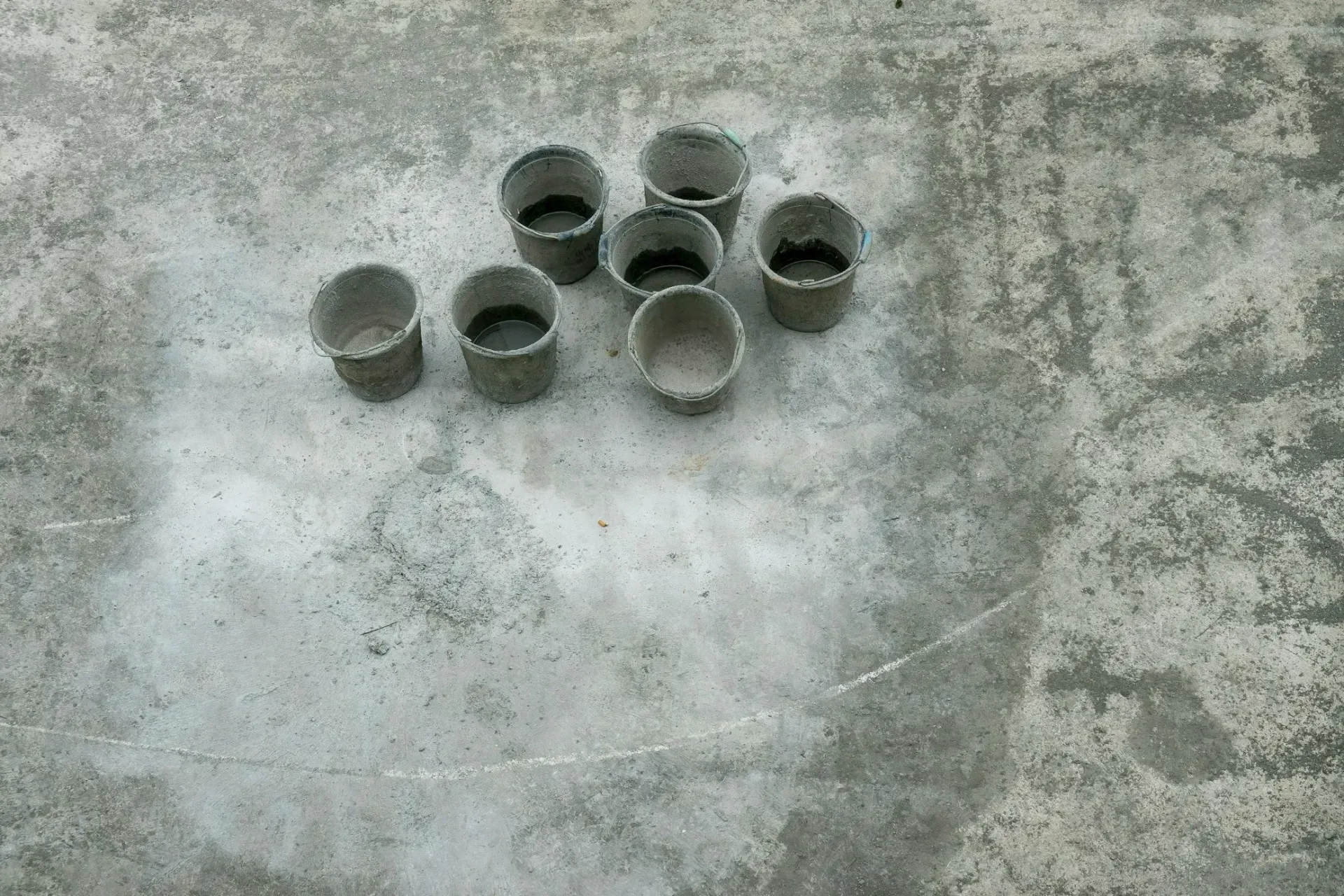
Concrete walkways are a great addition to any home.
They provide a sturdy path, improve curb appeal, and can even boost your property value.
However, tackling a DIY concrete walkway project can be tricky.
Many homeowners dive in without knowing the common pitfalls.
This guide will help you avoid those mistakes, ensuring your walkway is both durable and attractive.
Mistake 1: Poor Planning
Why It’s a Mistake:
Poor planning is a common issue that can lead to a host of problems down the line. Without a solid plan, you might run into issues like not having enough materials, miscalculating the walkway’s dimensions, or even creating a design that doesn’t fit well with your yard.
How to Avoid It:
Proper planning is crucial for a successful DIY concrete walkway. Here are some tips to get you started:
- Measure Twice, Cut Once: Ensure you have the exact dimensions of the area where the walkway will be installed. Use stakes and string to mark the outline.
- Gather Materials: Make a list of all the materials you'll need, including concrete, rebar, forms, and finishing tools. Purchase a little extra to cover any mistakes.
- Design Considerations: Think about the design. Do you want a straight path, or one with curves? Consider the overall look and how it will fit with your landscape.
- Check Permits: Some areas require permits for concrete work. Check local regulations to avoid fines or having to redo the work.
By planning ahead, you can save time, money, and avoid frustration.
Mistake 2: Inadequate Foundation Preparation
Why It’s a Mistake:
An inadequate foundation can cause the walkway to crack and settle unevenly. Without a solid base, the concrete won't have the necessary support, leading to long-term issues.
How to Avoid It:
- Clear the Area: Remove all grass, roots, and debris from the site. A clean base is essential.
- Excavate Properly: Dig down to the required depth, typically around 6-8 inches, to allow room for the base material and concrete.
- Compact the Soil: Use a plate compactor or hand tamper to compress the soil. This prevents settling and ensures stability.
- Add a Gravel Base: Spread a layer of gravel or crushed stone, about 4 inches thick. Level it and compact it again to create a solid base.
A well-prepared foundation is the key to a durable walkway.
Mistake 3: Incorrect Mixing of Concrete
Why It’s a Mistake:
Incorrectly mixed concrete can lead to weak, brittle walkways. Too much water or too little cement affects the strength and durability.
How to Avoid It:
- Follow Instructions: Use the manufacturer's guidelines for the right water-to-cement ratio. Too much water makes the concrete weak; too little makes it hard to work with.
- Mix Thoroughly: Ensure all components are evenly mixed. Use a concrete mixer if possible. Hand mixing in a wheelbarrow can work for smaller projects.
- Check Consistency: The concrete should be like thick oatmeal. It should hold its shape when you scoop it but be pliable enough to spread.
Properly mixed concrete ensures a strong, long-lasting walkway.
Mistake 4: Not Using Reinforcement
Why It’s a Mistake:
Skipping reinforcement can lead to cracks and structural failure. Concrete alone is strong in compression but weak in tension.
How to Avoid It:
- Use Rebar or Wire Mesh: Reinforcement materials help distribute weight and resist cracking. Lay rebar in a grid pattern or place wire mesh throughout the walkway.
- Position Correctly: Ensure the reinforcement is positioned in the middle of the concrete, not at the bottom. Use chairs or spacers to keep it elevated.
- Secure the Reinforcement: Tie the rebar or wire mesh securely to prevent shifting when pouring the concrete.
Reinforcement adds strength and longevity to your concrete walkway.
Mistake 5: Poor Finishing Techniques
Why It’s a Mistake:
Poor finishing can result in rough surfaces and weak edges. It affects the walkway’s appearance and durability.
How to Avoid It:
- Timing is Key: Start finishing once the concrete has set but still moist. If you wait too long, it hardens; if you start too soon, it will be too wet.
- Use the Right Tools: Use a bull float to smooth the surface, an edger to define the edges, and a trowel for a fine finish.
- Avoid Overworking: Overworking the concrete can bring too much water to the surface, weakening it. Smooth it out without excessive passes.
- Add Texture: To prevent slipping, add a broom finish or other texture while the concrete is still wet.
Good finishing techniques ensure a smooth, attractive, and safe walkway.
Mistake 6: Ignoring Curing Time
Why It’s a Mistake:
Ignoring curing time can lead to cracks and reduce the concrete's strength. Premature use of the walkway compromises its durability.
How to Avoid It:
- Allow Proper Curing: Concrete needs time to cure. Keep it moist and protected for at least 7 days. Full strength is reached after about 28 days.
- Use Curing Methods: Cover the walkway with plastic sheets or use a curing compound to retain moisture. This prevents rapid drying, which can cause cracks.
- Avoid Foot Traffic: Keep people and pets off the walkway during the curing period. Premature use can cause damage.
Proper curing is essential for a strong, long-lasting concrete walkway.
Conclusion
Creating a DIY concrete walkway can be rewarding, but it’s crucial to avoid common mistakes. Proper planning, foundation preparation, correct mixing, reinforcement, finishing techniques, and curing time are key to a successful project. By following these guidelines, you can ensure your walkway is durable and attractive.
Call to Action
Need professional help with your concrete projects? Trust Maine Street Concrete for top-quality services. We specialize in:
- Concrete driveways
- Concrete walkways
- Concrete patios
- Concrete sidewalks
- Retaining wall installation
- Decorative concrete
- Commercial concrete
- Residential concrete
Serving Grand Island, Nebraska, we are your go-to experts for all your concrete needs. Contact us today to get started!


